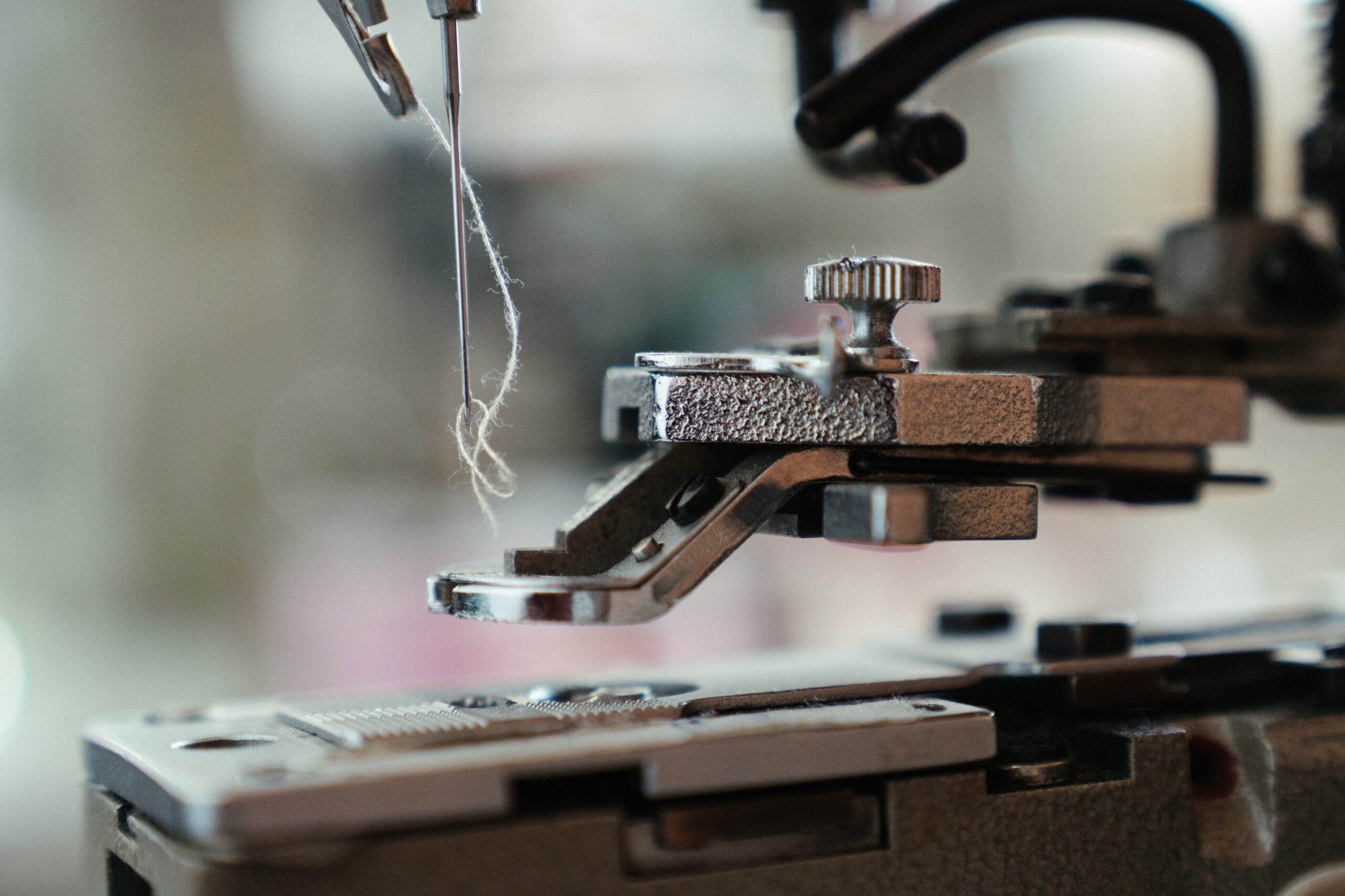
How has the Tunisian brand emerged?
The Tunisian fashion designer traveled in scorching heat on the edge of dessert for half of the day in chasing the handmade fabrics for the imminent winter collection. After driving for 125 miles, the designer reaches a hidden workshop in a labyrinth in the old medina. Here, Mohammed Ismail, the silk weaver, would work at full speed. In a world where new fashion brands are growing rapidly, the Tunisian brand is emerging by coming back from their roots and welcoming the environment-friendly materials and local artisans. Tunisia is an amazing fit for eco-fashion that old textile markets want to excel in.
Why is emerging fashion a big question for the environment?
Nowadays, people are concerned about the negative influence of consuming material whose manufacturing constantly causes pollution. The Tunis boutique is established in keeping this in mind and uses local materials for designing. As the fashion and textile industries are most polluting these days and produce 10% carbon dioxide, almost many tons of clothing are discarded. In this era of increasing pollution mecha and many designers turn into eco-fashion by reusing unwanted or old material and producing modern and new high-quality fabrics.
How has the Tunisian brand turned into eco-fashion?
The silk weaver Ismail has been sourcing cotton and wool locally is spinning it for the last 47 years. In Tunis capital, the dressmaker and mecha sew a dress together using scratch from Nee’s fashion brand. The pink and gold fabric that was traditional fabric and accompanied by mesh material in Tunisian embroidery. The textile industry support of Tunisian economy by increasing its strength. A computer scientist found that brand bardo was bringing back the heritage and tradition of Tunisia crafts in an era where there was a fear of environmental damage, and the culture was slowly dying.
Why is the brand growing widely in many countries?
The Tunisian brand’s first collection evokes the image from Bardo palace famous in the era of beys. They wanted to dive into history. The brands prove that fashion can be sustained on a wider scale. The designs are identified as they have emerged from a mix of different country’s traditions and are evolving each day. This brand designs garments that are used for telling a story about where they have emerged. The natural shapes, organic and raw materials represent different mood that defines that local and international markets want. The Tunisian people are embracing the culture and reviving them into local brands.
What is the contribution of the Tunisia brand to the pandemic?
The industry is sustaining many families and giving them hope in the time of economic crisis going on in the country due to the coronavirus pandemic where most countries are swiped off. The families can have consistent income in even remote areas and no high education access. The business provides a balance between the craftsmanship that is community-driven and Tunisia’s industrial practices for a better tomorrow.
